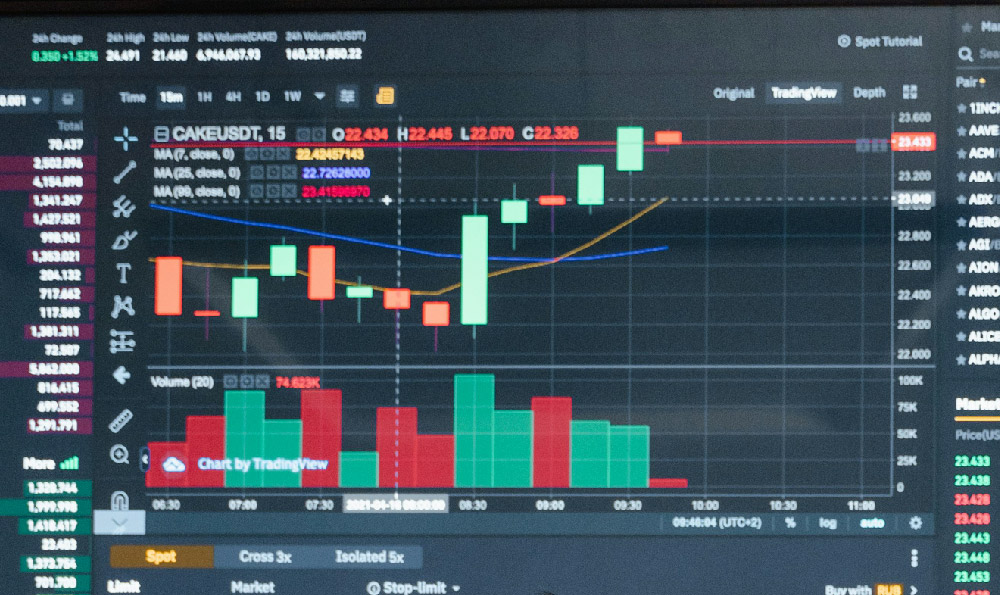YouTube Creator Earnings: How Much Do They Earn?

YouTube has emerged as a powerful platform for content creators to monetize their passion, transform skills into income, and reach global audiences. The question of how much creators earn, however, is far more complex than a simple figure. It hinges on a multitude of factors, including content type, audience engagement, monetization strategies, and the ever-evolving dynamics of the digital economy. While some creators achieve substantial financial success, many others navigate a landscape where earnings are contingent on strategic planning, adaptability, and an understanding of the platform's monetization mechanics. To truly grasp the potential of YouTube as a revenue source, it's essential to examine the various pathways creators can pursue, the variables that influence their income, and the realities that shape their financial trajectory.
Monetization on YouTube is not a one-size-fits-all endeavor. Creators primarily earn through ad revenue, which is generated when viewers watch ads embedded in their videos. The income here is calculated based on the number of views, watch time, and the advertiser's cost per thousand impressions (CPC). For example, a video with 10,000 views might generate around $100 to $300, depending on the niche and the region, but this varies widely. The platform's algorithm also plays a critical role, as videos that maintain viewer engagement for longer periods may receive higher ad rates. However, reliance on ad revenue alone is fraught with uncertainty. Changes in platform policies, such as shifts in ad placement or the introduction of new monetization tools, can significantly impact earnings. Additionally, ad revenue is often inconsistent, with creators earning more during certain periods or for specific content types.
Brand partnerships represent another lucrative avenue, yet the amount creators earn from these collaborations depends on their influence and audience quality. A creator with a dedicated following in a niche market might command higher rates for sponsorships, while those with broader audiences may attract a wider range of advertisers. For instance, a beauty YouTuber with 5 million subscribers might secure six-figure deals for brand endorsements, whereas a lifestyle creator with 500,000 subscribers could expect a fraction of that. The value of these partnerships also extends beyond monetary compensation; creators often gain exposure, brand alignment, and the opportunity to build long-term relationships with companies. However, the process of negotiating with brands requires careful consideration of audience demographics, engagement metrics, and the potential return on investment for both parties.

Beyond ads and sponsorships, YouTube offers creators additional streams of income through YouTube Premium, Super Chat, and merchandise sales. YouTube Premium subscribers pay a monthly fee for ad-free viewing, and creators can earn a percentage of that revenue based on their channel's eligibility and the number of subscribers. Super Chat, which allows viewers to purchase highlighted messages during live streams, serves as a direct funding source for creators, with payments varying based on the size of the audience and the nature of the content. Meanwhile, merchandise sales offer a more tangible way to monetize a brand, with creators leveraging their audience's loyalty to sell products ranging from clothing to digital courses. Yet, these income sources often require significant time and effort to cultivate. For example, building a loyal community for merchandise sales might take months of consistent engagement, while generating substantial Super Chat revenue depends on the frequency and appeal of live streams.
The financial success of creators is also influenced by their ability to diversify income streams. Many successful YouTubers combine multiple methods, such as ad revenue, affiliate marketing, and brand deals, to mitigate risks and enhance earnings. For instance, a creator might earn a portion of their income from YouTube's Partner Program while also monetizing through Patreon, which allows fans to contribute directly to their work. Additionally, the rise of YouTube's Merch Shop has enabled creators to turn their content into branded products, offering an alternative to traditional advertising. However, the effectiveness of these strategies depends on the creator's understanding of their audience, the ability to produce high-quality content consistently, and the capacity to manage competing priorities.
Despite the potential for income, YouTube creators must also navigate challenges that can affect their financial stability. These include the pressure to constantly produce content, the risk of algorithm changes that reduce visibility, and the need to balance creative goals with financial objectives. For example, a creator might invest significant time and resources into a new video series, only to see it underperform due to a shift in platform priorities. Additionally, the digital landscape is competitive, with creators vying for attention in saturated niches, which can make it difficult to sustain growth. The financial rewards, while achievable, often reflect the creator's ability to adapt and innovate in response to these challenges.
Ultimately, the earnings potential of YouTube creators is not a fixed number but a dynamic equation that depends on their approach, audience value, and market trends. While some creators report monthly incomes ranging from a few thousand to millions of dollars, the majority operate within a more modest range. Success on the platform requires a combination of strategic planning, consistent effort, and an understanding of the interplay between content quality, audience engagement, and monetization techniques. As the digital economy continues to evolve, so too will the opportunities and challenges that creators face, making it imperative to remain informed and adaptable. For those willing to invest in their craft and navigate the complexities of the platform, YouTube can indeed serve as a pathway to financial independence, but it demands a long-term mindset and a commitment to excellence.















